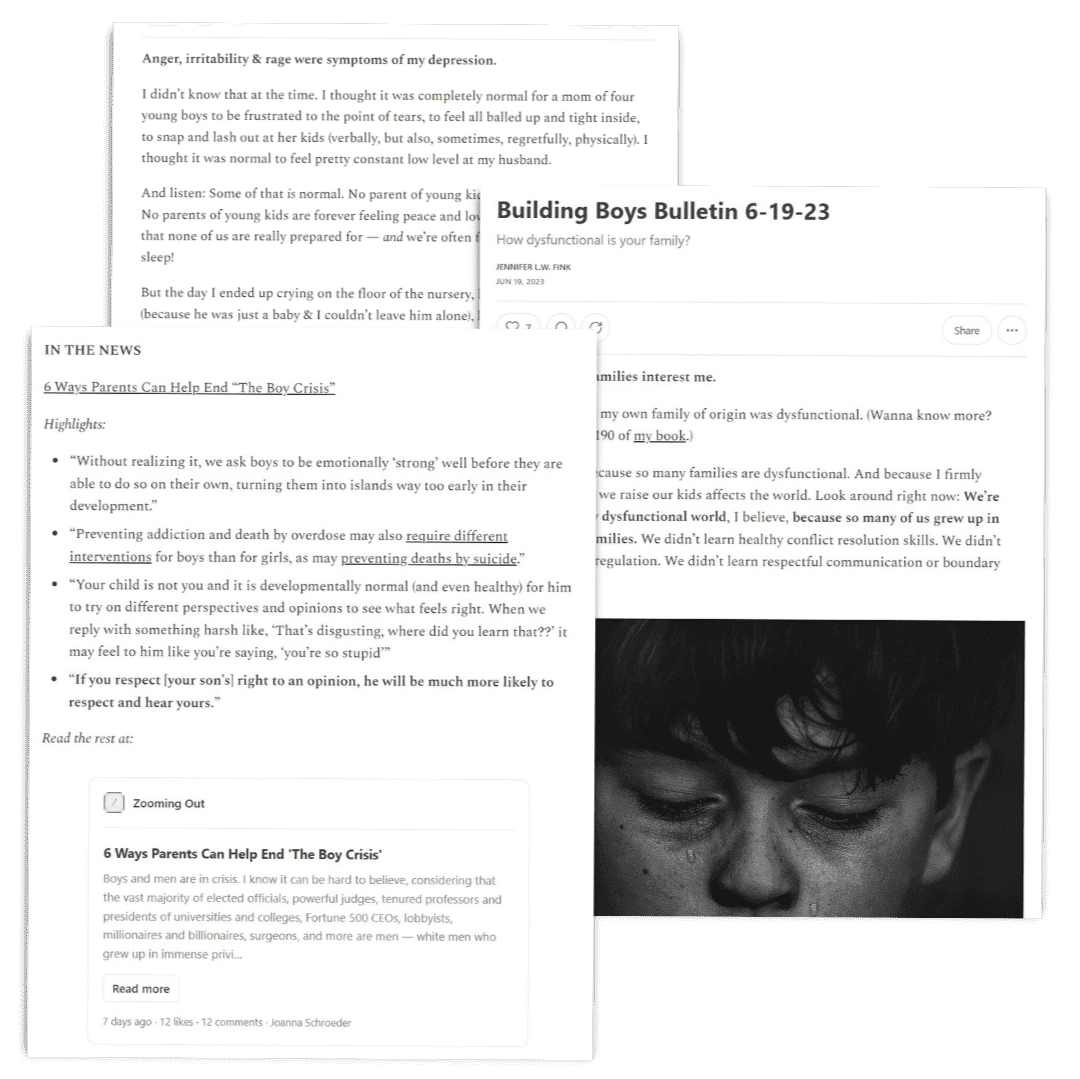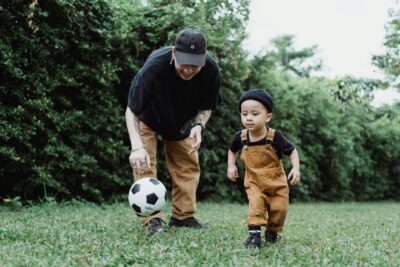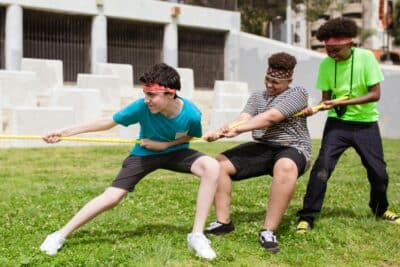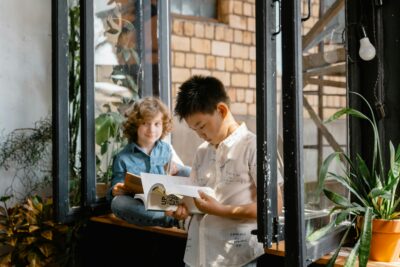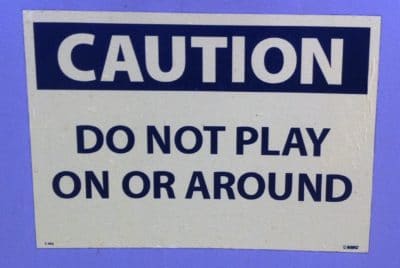
Recently, a good friend of mine, a teacher at a local parochial school, announced via Facebook that her school was hosting a Pay to Play Day today. The word “play” caught my eye, but the details of the announcement are what stirred my passion. Why? Because Pay to Play Day works like this: kids bring in a non-perishable food item or $1 for the local food pantry, and, in exchange, earn the right to play their HANDHELD VIDEO GAMES for half an hour!
I get it; I really do. It’s a lot easier for the teachers to supervise kids who are quietly absorbed in video games. It’s even possible to lead a class while a couple kids opt out to play MarioKart. But seriously? Our kids need more time to play sedentary video games?? What about the kids who would rather go outside and play? Can kids buy their way out for some extra time on the playground? The answer is no. (And what of the larger lesson here for kids, the “play” somehow equals “digital entertainment?” Don’t too many of our kids already buy into that notion?)
Meanwhile, I got an email from a dear homeschooling friend who lives in another state. It was nearly 70 degrees where she lives earlier this week. Her kids, who were outside playing, attracted the attention of a local newspaper photographer. He spent an hour, she said, snapping photos of the kids playing. The photos were meant, I’m sure, to illustrate the wonderful, spring-like weather. But the reality behind the photog’s stop was that her homeschooled kids were among the only kids outside on such a fine day. The photographer didn’t select her kids because they were particularly photogenic, amazing or important, but because they were outside, playing. And that, in and of itself, is a rarity these days.
Is it any wonder that we have kids who are disconnected from nature? Any wonder we have obese kids who would rather sit on the couch and play video games than run around the neighborhood? It’s because we have essentially locked these kids inside secure, so-called “nurturing” environments their entire lives. A child who spends the first four years or so of his life in a childcare center, with very little time spent in active play, and then the next 12 years in school, where he’s lucky to get recess even once a day through the age of 10, is not a kid who is going to organize a spontaneous, active pretend game on the playground or in the woods with his friends when given the chance. When given the chance — finally! — he will wander around aimlessly, claim to be bored, and ask to go home, because he will not have learned how to play independently and actively in the outdoors. He will have learned the lessons we have taught him very well: He will have learned that it’s better to stay indoors, to stay sedentary, to do only what others tell him to do. And somehow we blame “kids these days?” It’s time, instead, to look squarely at the obstacles that adults place in between kids and play and kids and learning.
BTW…the petition that my boys and their friend started in an attempt to get more outside recesses? It didn’t go well. Within a day, they were called to the office, where the principal explained that the decision to stay in is based on concerns for student safety.
P.S. I’m blogging over at The Homeschool Classroom too. Come see my post, “10 Essential Supplies for Homeschooling Boys.”
